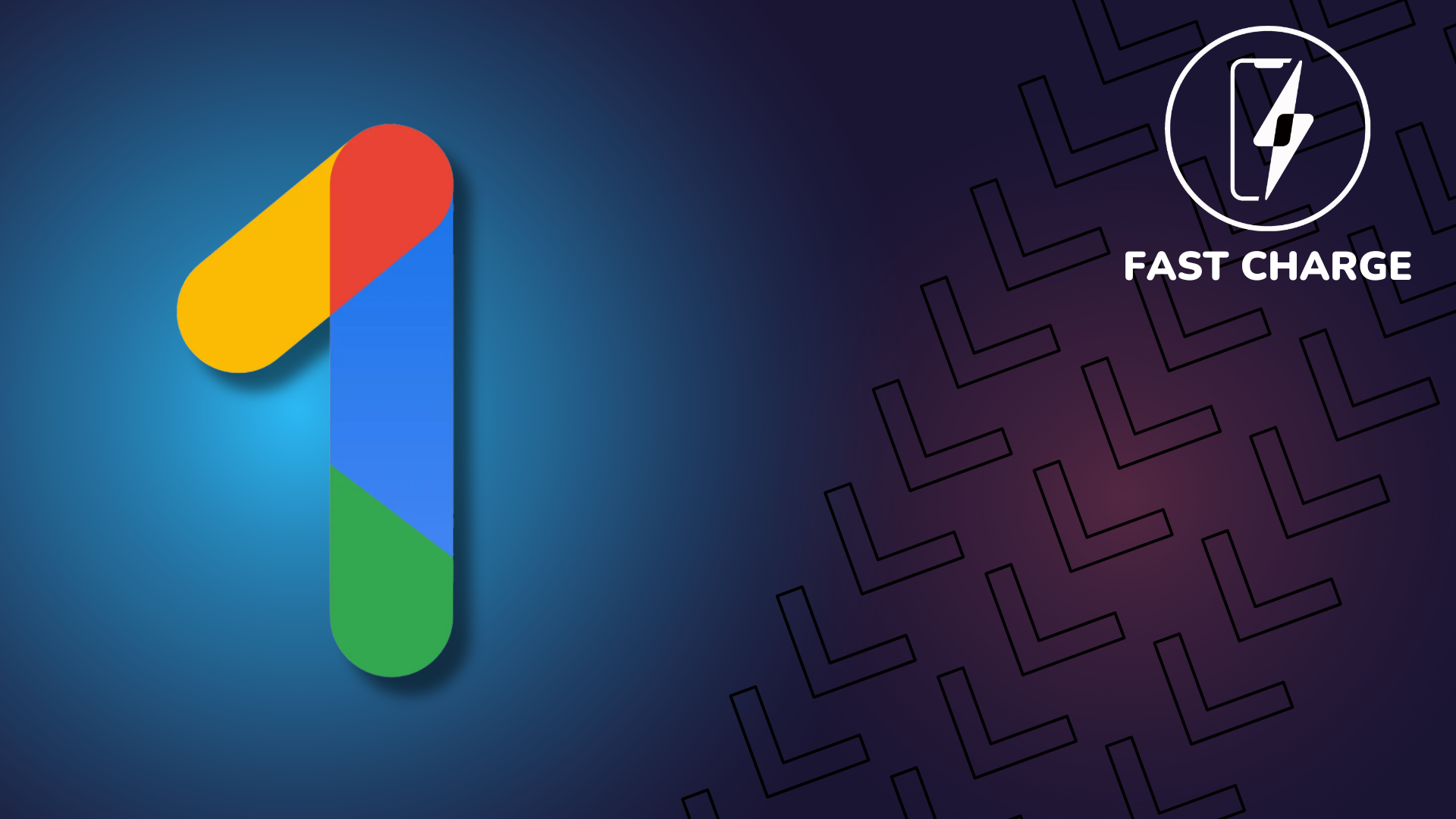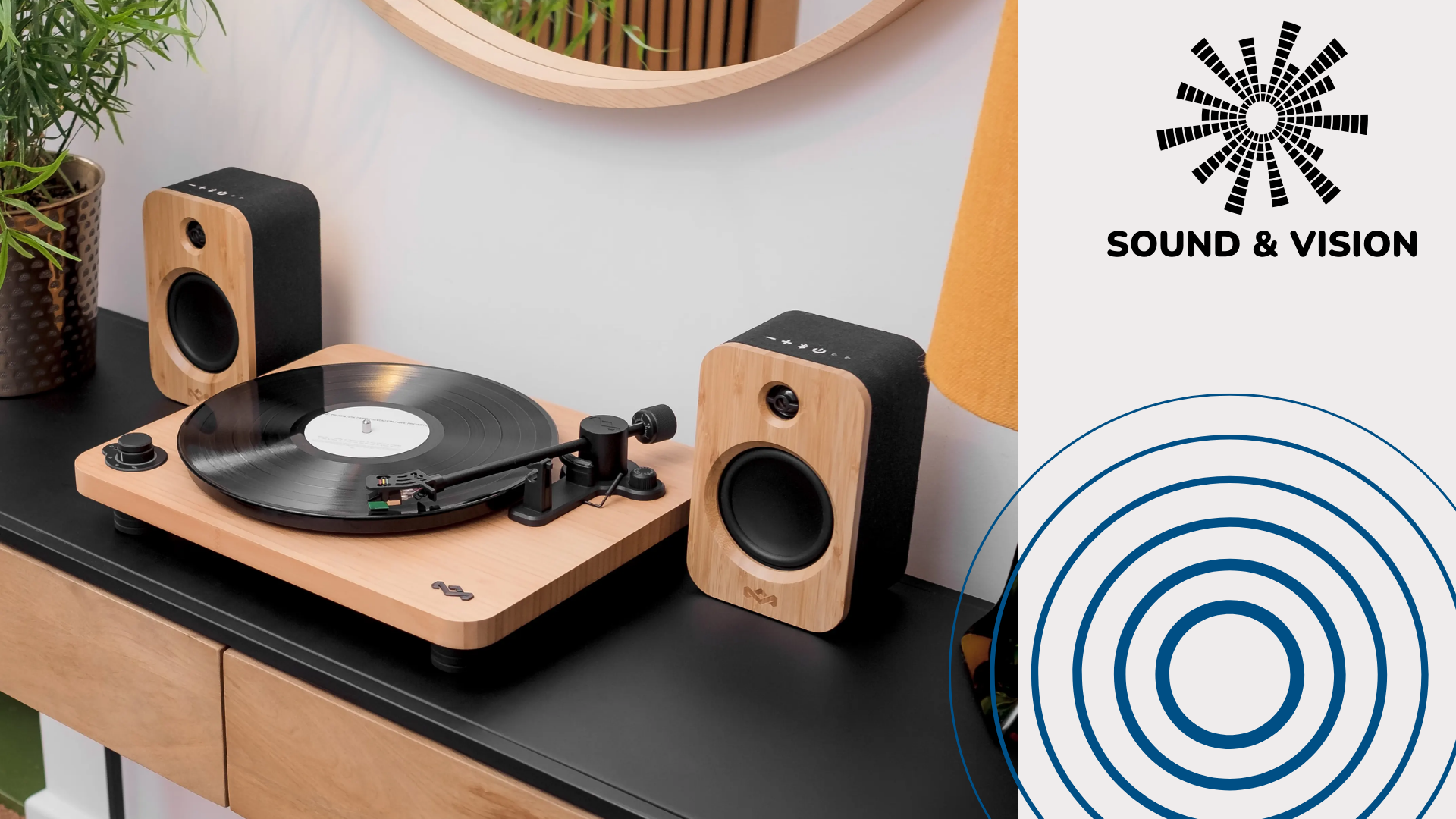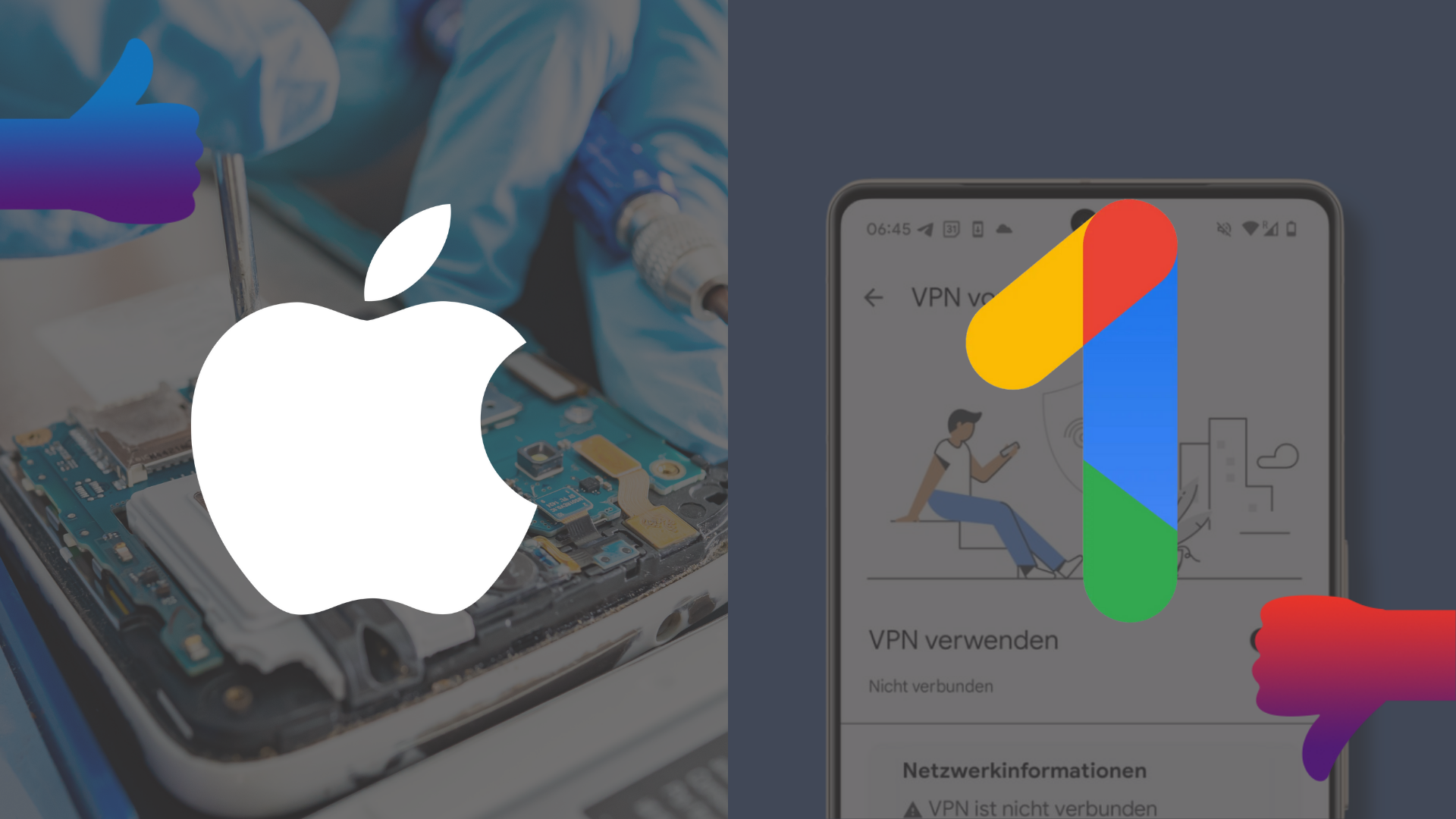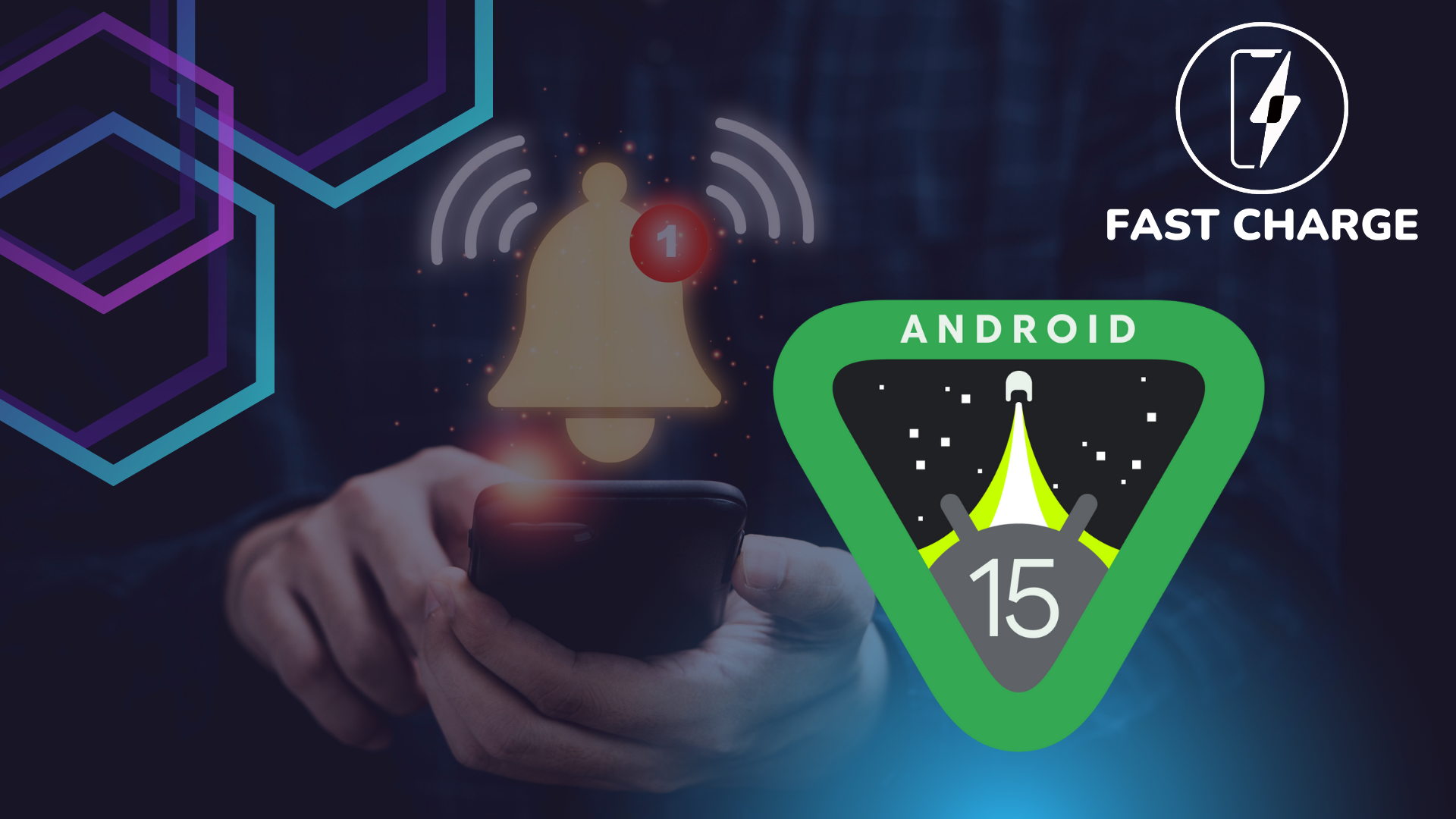Ctrl+Alt+Delete: Laptops trackpads will look very different by 2024
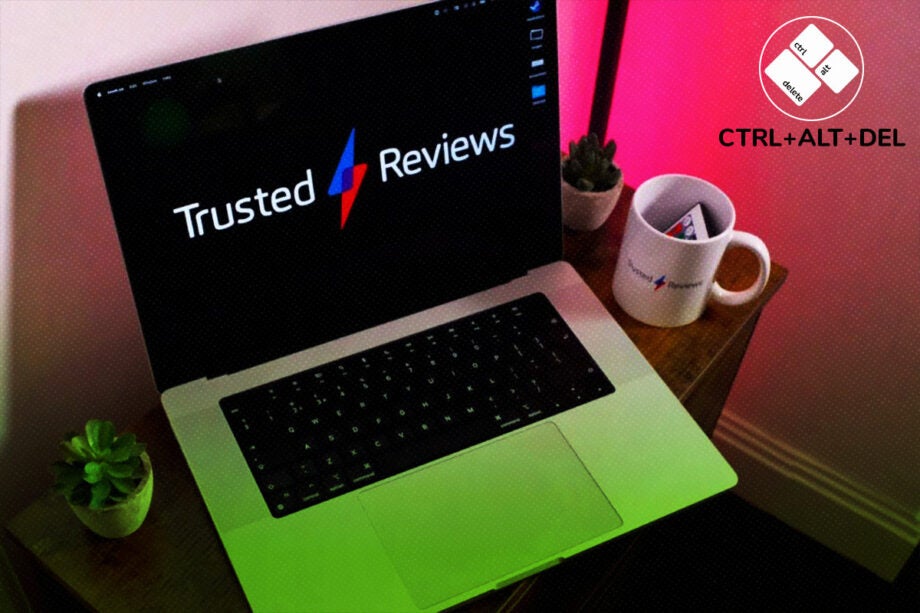
OPINION: The trackpad is arguably one of the most boring elements of a laptop, but a new emerging trend may thrust it into the spotlight in the coming months.
This year we saw the release of the Dell XPS 13 Plus and Microsoft Surface Laptop Studio, both of which feature trackpads with haptic feedback technology.
This means their trackpads lack a physical hinge which ensures that satisfying clicky feel and sound. Instead, they use a solid panel that cannot be pressed down, with vibrations simulating the feel of a click instead. Anyone with a modern smartphone will have experienced haptic feedback, with subtle vibrations making the typing experience on a screen feel more comfortable and natural.
Apple has been using haptic feedback trackpads on MacBooks since 2015, but the trend hasn’t quite caught on with Windows laptops just yet. But according to Nedko Ivanov, CEO of startup company Aito, he believes the vast majority of laptops will be using haptic feedback by 2024.
“I think this year will see the beginning of real mass adoption,” Ivanov said. “I’d say next year, 2024 onwards, is going to see the majority of touchpads using haptic feedback.”
Nedko Ivanov’s company Aito is currently working with a leading laptop manufacturer to integrate haptic feedback technology into the trackpad. Ivanov is unfortunately unable to confirm the identity of this company, but he did reveal that the laptop in question is available to purchase right now.
But with haptic feedback technology adding an extra cost to the production of a laptop and potentially depleting the battery at a faster rate, what are the benefits to make the inclusion worthwhile? Ivanov told me that one of the biggest advantages of haptic feedback trackpads is that they allow manufacturers to make slimmer laptops.
“When it comes to having thinner innovative laptops, then the bottleneck is the touchpad,” he explained. “So if you have something like an Apple touchpad which is like 6mm thick, compared to ours which is less than 2.4mm thick – that’s three times thinner. You can either make lighter, slimmer laptops or you could put in a bigger battery.”
With physical trackpads pushing down into the laptop chassis, it makes a lot of sense that it takes up more space compared to the newer alternatives that use haptic feedback technology instead. And with laptop manufacturers looking for every opportunity to make their devices as slim as possible, it’s clear to see why they’d be interested in adopting the new technology.
You also don’t need a bespoke panel for a trackpad when using this kind of technology. The image of the new Dell XPS 13 Plus below shows that the trackpad blends into the wrist rest, with no physical border separating the two. That’s all thanks to the laptop’s inclusion of haptic feedback technology.
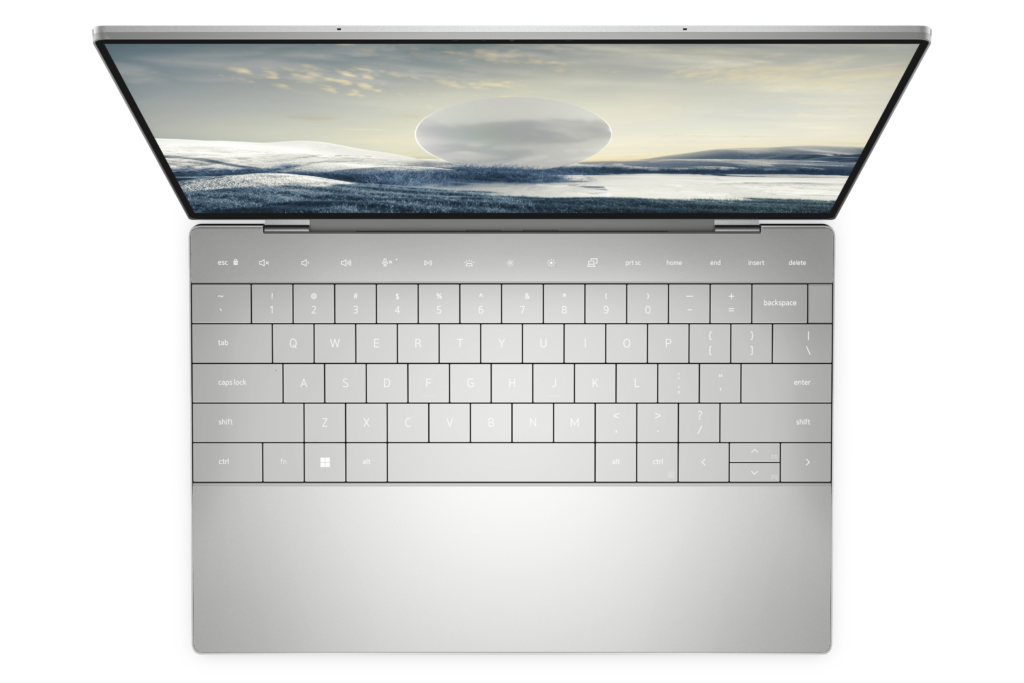
Haptic feedback is also compatible with numerous materials, including glass, plastic, leather and even wood. This would allow laptop manufacturers to experiment with a greater variety of designs without compromising on the quality of the trackpad.
But even with all of these impressive benefits, it’s nevertheless important that the technology accurately replicates the experience of a more traditional trackpad – after all, humans are habitual creatures and moving onto something that feels so different could be difficult to adjust to. I wasn’t too impressed with the solution on the Surface Laptop Studio, although the likes of Apple has shown that it’s possible to make the feature popular.
I was able to try AIto’s haptic feedback technology for myself, and I was impressed by how it felt so similar to a more conventional trackpad. I was also able to adjust settings to make the trackpad more sensitive, while also increasing the intensity of the vibrations for more noticeable feedback. I really like the idea of being able to customise the settings to my liking – if you don’t like the feel of a more conventional trackpad, there’s usually nothing you can do to improve the experience.
Ivanov also gave the example of haptic feedback simulating the feel of paper when signing an online document with a stylus. He goes even further by suggesting you could, in theory, feel anything that you see on screen, even if it’s the scales of an alligator. Ivanov suggests that such functionality will offer you deeper engagement with applications compared to a simple click.
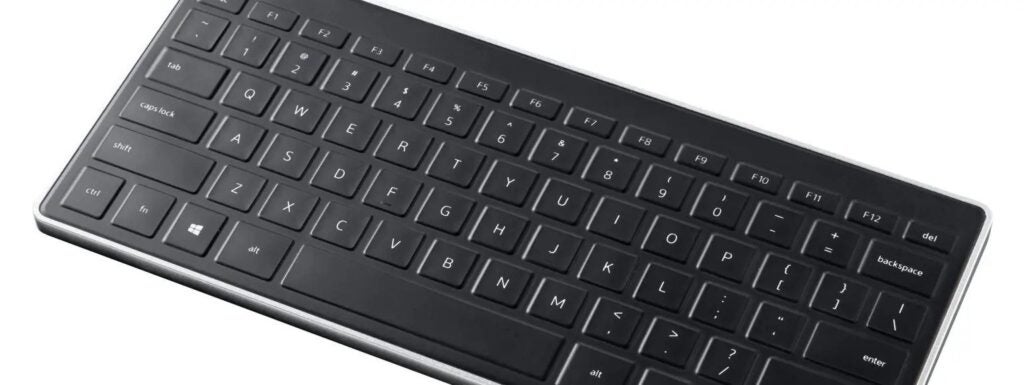
Haptic feedback technology could even prove useful for laptops beyond the trackpad. For example, it can be used on a keyboard without any keys. I personally think it’s going to be extremely difficult for the technology to ever replicate the feel of deep keystrokes on a proper laptop keyboard, but the technology could be very useful for future dual-screen laptops such as Microsoft’s Surface Neo.
“That is the ultimate goal for futuristic laptops,” Ivanov confirmed. “You’re going to have a new screen, so instead of having a keyboard and a touchpad, you’re going to have a second screen that can dynamically change by becoming a keyboard or touchpad.”
Ivanov told me that he is still working with the mystery laptop manufacturer for future products, so the company seems pleased with the results so far. And with so many major laptop manufacturers embracing haptic feedback technology, including Apple, Dell, Huawei and Microsoft it’s clear that this isn’t just a gimmick or a short-lived trend – this really is the future of laptop trackpads. And if Ivanov is correct with his prediction, haptic feedback trackpads could become the norm in just two years.
Ctrl+Alt+Delete is our weekly computing-focussed opinion column where we delve deeper into the world of computers, laptops, components, peripherals and more. Find it on Trusted Reviews every Saturday afternoon.



